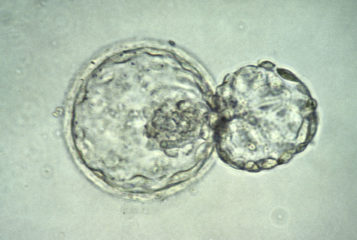Three women have reported a significant improvement in sight following gene therapy in both their eyes. Initially, they received the therapy in just one eye, but this latest study demonstrates the treatment was also successful in the other.
The first procedure, whose results were published in 2009, was carried out on 12 patients, and improved the sight of six to above the legal level for blindness.
'Our concern was that the first treatment might cause a vaccine-like immune response that could prime the individual's immune system to react against a repeat exposure', said lead author Dr Jean Bennett, of the University of Pennsylvania.
However, as reported in the journal Science Translational Medicine, the second treatment did not trigger this response, with improvements seen in as little as two weeks. The patients were able to see in dim light, read large print and recognise people's faces. Two of the three women were better able to find their way around obstacles.
The gene therapy targets a rare form of inherited blindness, called Leber's congenital amaurosis (LCA). The disorder severely affects sight from an early age, and often leads to complete blindness by the twenties or thirties.
Dr Bennett suggests that performing the procedure on children would be even more effective because the disorder will have progressed less.
LCA occurs because of a genetic mutation in cells found in the retina. The treatment involves injecting a patient with a healthy form of the gene, attached to a harmless virus. The virus spreads quickly among the unhealthy cells, acting like a Trojan horse, and leaves the correct gene in place of the mutation.
There were also some unexpected benefits from treatment of the second eye. A scan of brain regions that process vision showed that the previously treated eye improved further following the second procedure. Dr Bennett suggests that this may be because the two eyes were able to coordinate.
'That wasn't something we had been expecting, but it makes sense because the two eyes act in concert', she told Scientific American. Clara Eaglen, policy and campaigns manager at the Royal National Institute of Blind People (RNIB) says that the techniques should be studied more extensively.
'They can then be turned into effective treatments for a variety of more common degenerative eye conditions', she told BBC News.






Leave a Reply
You must be logged in to post a comment.